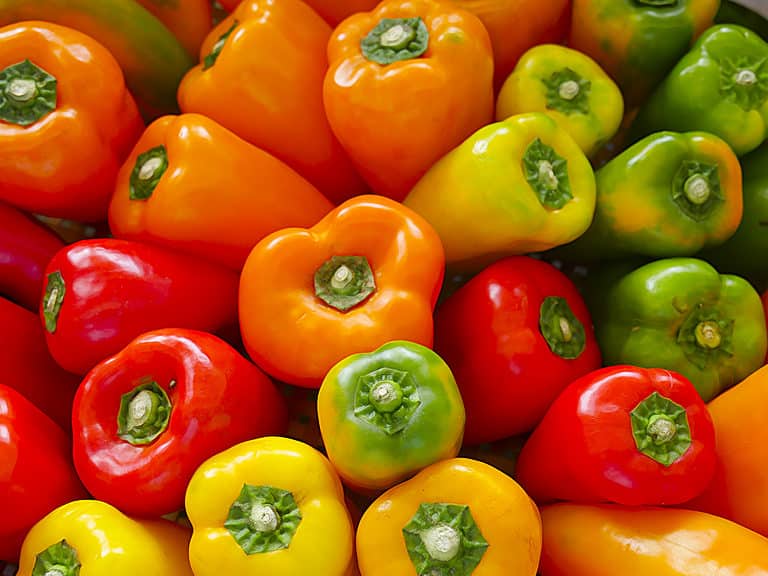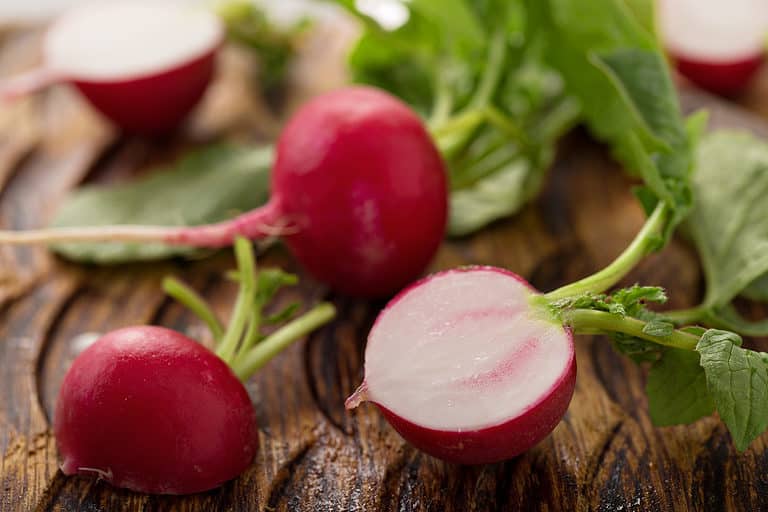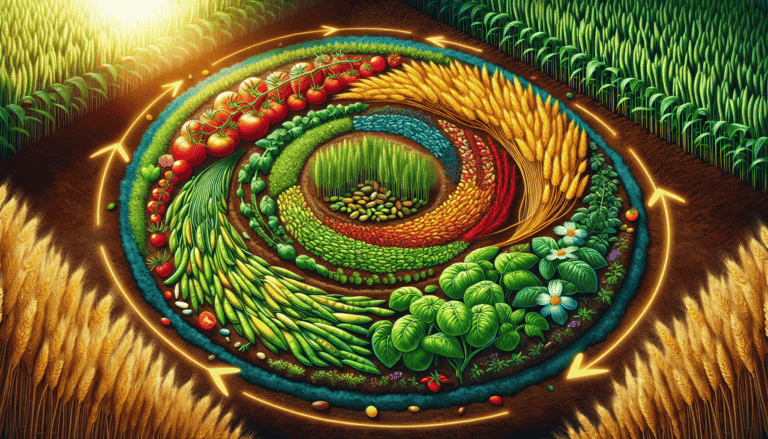Harnessing AI for Homesteads: The Future of Sustainable Farming
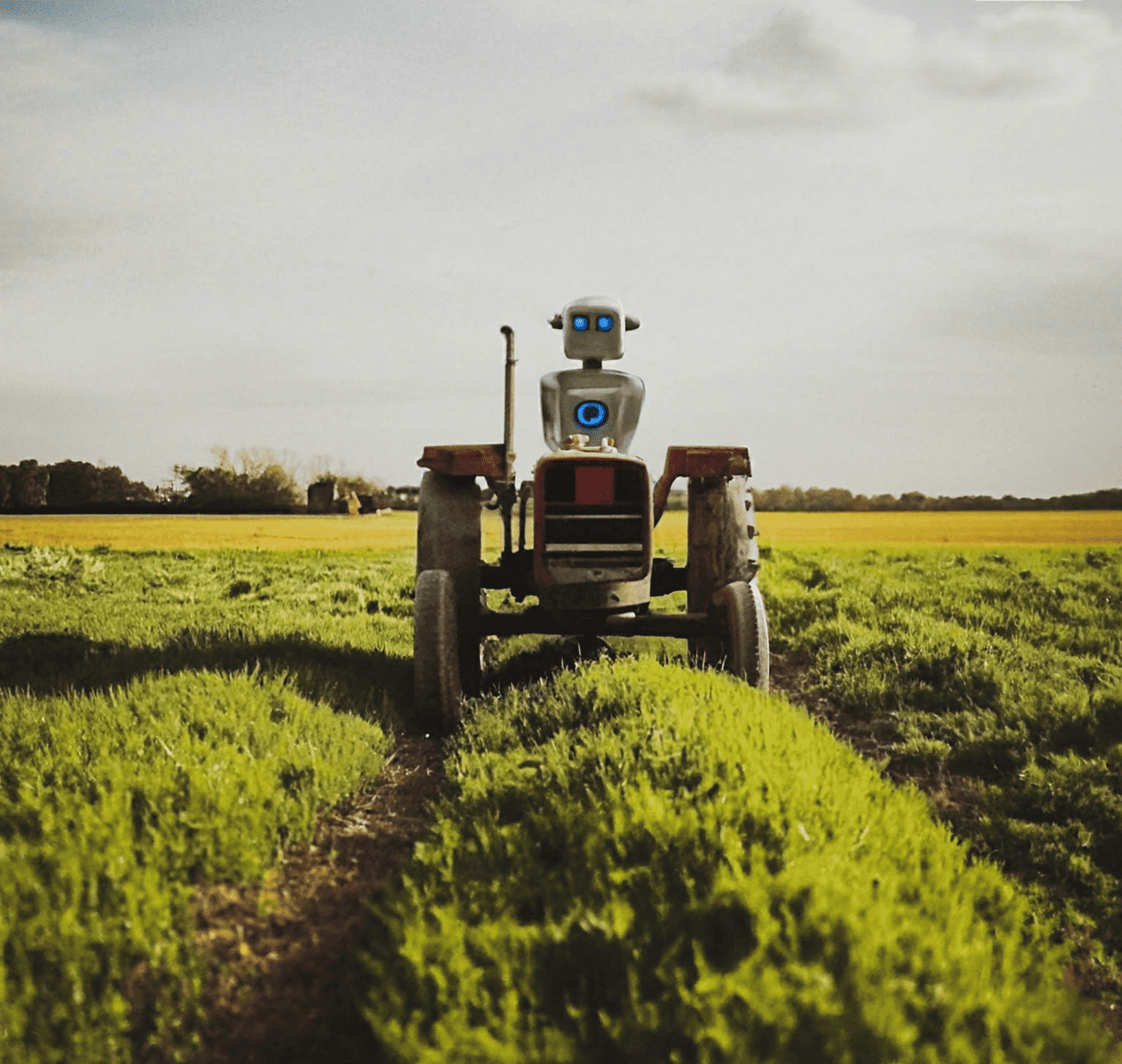
The future of sustainable farming is here, and it’s powered by artificial intelligence (AI) for homesteads! From optimizing crop growth to managing resources efficiently, AI technologies are revolutionizing the way homesteaders approach agriculture. In this blog post, we’ll explore the fascinating world of smart homesteads, diving deep into the potential of machine learning, agricultural robotics, and natural language processing to create eco-friendly and efficient farming systems.
Key Takeaways
AI technologies are revolutionizing agriculture, providing innovative solutions to global issues.
Smart Homesteads integrate AI tech for energy-efficient and environment-friendly systems.
Homesteaders can stay competitive by developing skills, strategies and DIY projects with AI tools for sustainable farming.
The Rise of AI in Agriculture
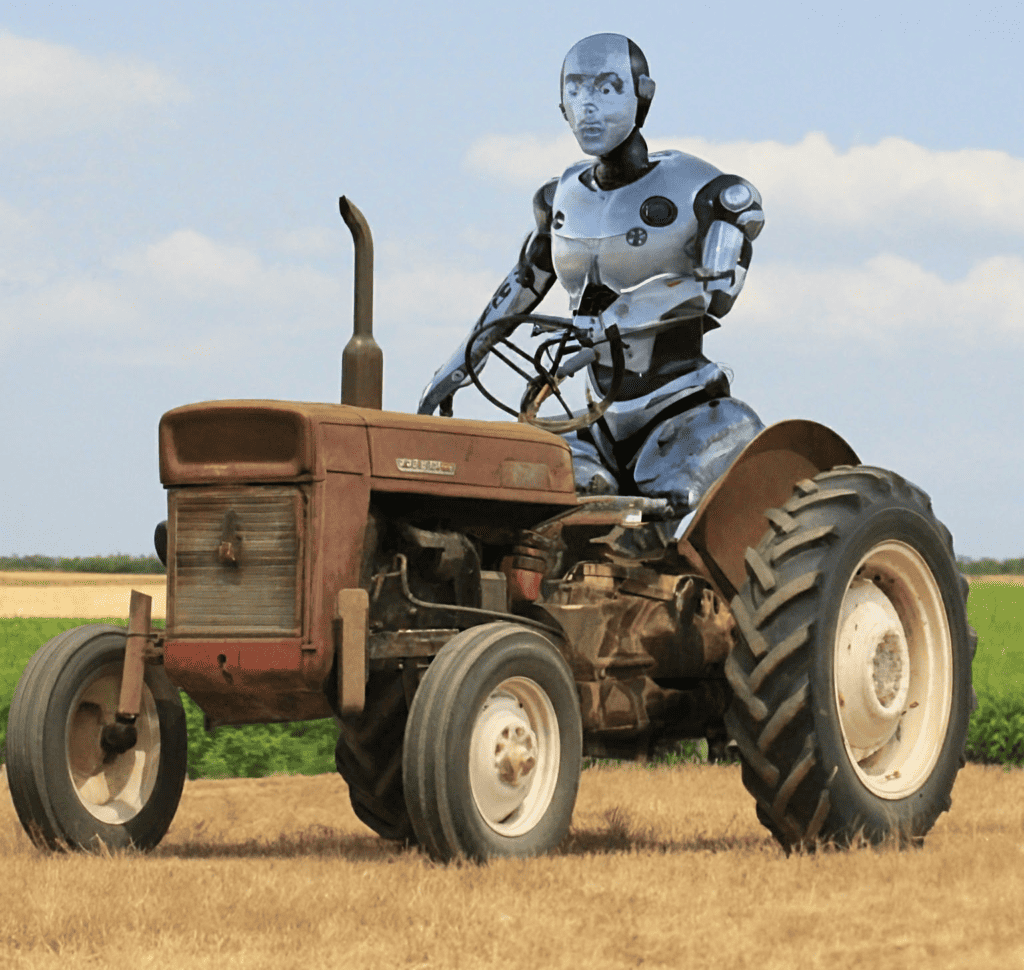
Artificial intelligence is becoming an indispensable tool in the agriculture industry, addressing global issues such as food insecurity and assisting farmers in optimizing processes, detecting crop diseases, and tackling broader challenges. One of the innovative solutions in this field is the use of ai generated images for monitoring and analyzing crop health.
As the world’s population continues to grow, the need for sustainable farming practices becomes increasingly urgent. AI technologies are stepping up to the challenge, providing innovative solutions tailored to the specific needs of small farms and homesteads.
Machine Learning for Precision Agriculture
Precision agriculture, a concept that involves the utilization of information technologies to optimize yield and achieve greater farm situation awareness, is becoming increasingly important for homesteaders. Machine learning, an integral part of artificial intelligence, plays a pivotal role in enabling precision agriculture by providing invaluable insights for optimizing agricultural practices.
Machine learning algorithms interpret data on:
Soil quality
Weather conditions
Crop growth
Pests
Through efficient data collection, these algorithms can provide valuable insights for farmers.
This empowers farmers to make effective decisions and achieve improved outcomes.
The AI Development company offers a range of services to farmers, including:
Predictive analytics
Data engineering support
Model deployment
Training and evaluation of ML models
Through the power of AI, farmers gain access to cutting-edge tools and services that streamline farming processes and enhance operational efficiency.
As homesteaders look to embrace the future of agriculture, the integration of machine learning technologies offers endless possibilities for growth and success. Homesteaders can benefit from:
Tailoring their farming practices to their specific needs using data-driven insights and AI-generated solutions
Improving resource efficiency
Enhancing crop yield and quality
Supporting decision-making processes
Agricultural Robotics and Computer Vision
Another key aspect of AI-driven agriculture is the use of agricultural robotics and computer vision technologies, which enable machines to identify, detect, process, and categorize objects, images, and videos for various applications in farming. Computer vision, a technology that enables machines to interpret and comprehend the physical world based on visual information, can be employed to address challenges such as climate change and sustainable farming.
In precision farming, agricultural robotics are employed to execute activities such as weed control, application of fertilizers and pesticides, and harvesting of crops. These robots are capable of navigating fields, interpreting tasks, and utilizing computer vision technology for targeted interventions and resource optimization. As a result, farmers can focus more on strategic decisions and long-term planning while the robots handle labor-intensive tasks.
The combination of agricultural robotics and computer vision technologies offers several benefits for farmers and homesteaders:
Reduces the need for manual labor
Enables farmers to address complex problems with data-driven solutions
Establishes more efficient, sustainable, and environmentally friendly farming systems
By adopting these advanced technologies, farmers can set a path towards a brighter future in agriculture.
Smart Homesteads: Integrating AI Technologies

Smart homesteads are the future of sustainable farming, integrating AI technologies to create energy-efficient, environment-friendly, and less labor-intensive systems. By employing a variety of AI technologies, such as:
virtual reality
robot vacuum cleaners
smart cameras
smart assistants
smart kitchen appliances
smart thermostats
smart plugs
AI cleaners
smart locks
Homesteaders can revolutionize the way they manage their properties and resources.
These technologies can help homesteaders perform tasks and automate mundane ones, such as watering plants and monitoring soil.
IoT-Enabled Homestead Automation
IoT-enabled homestead automation is a game-changer for small farms and homesteads, enabling the implementation of precision agriculture technologies to improve efficiency and sustainability. The Internet of Things (IoT) facilitates the gathering, transmission, and exchange of data between system components, enabling the implementation of artificial intelligence and the realization of smart homesteads.
One of the most important aspects of homestead automation is water management. Ensuring an adequate supply of drinking and technical water is vital, and homesteaders can employ various methods to achieve this, such as:
Water collection from natural springs or streams
Wells
Rainwater harvesting
Fog harvesting
Gravity drop is an ideal solution for water distribution in a homestead. It is the most energy-efficient method to deliver water.
The integration of AI technologies and IoT capabilities enables homesteaders to effectively monitor and manage critical operational aspects like soil conditions, irrigation systems, and livestock management. This level of automation not only saves time and effort but also ensures more sustainable, eco-friendly farming practices.
Open-Source Software and DIY Solutions
For homesteaders seeking cost-effective and customizable solutions, open-source software and DIY projects offer a wealth of opportunities. Open-source software can facilitate and automate various tasks, such as:
monitoring soil conditions
managing irrigation systems
controlling livestock
analyzing data
Utilizing platforms like Arduino and Raspberry Pi, homesteaders can build their own automation systems and devices, reducing traditional intensive labor and providing DIY solutions tailored to their specific needs.
Open-source software encourages collaboration and knowledge sharing among homesteaders, enabling them to learn from each other’s experiences and collectively improve their farming practices. However, it’s essential to be aware of the potential disadvantages, such as:
Restricted support
Complexity
Lack of warranty
Compatibility issues
Adopting open-source software and DIY solutions, homesteaders can establish efficient, sustainable, and personalized farming systems. These innovative approaches empower homesteaders to take control of their operations, harnessing the power of technology to build a brighter future for sustainable agriculture.
Natural Language Processing (NLP) for Homestead Management
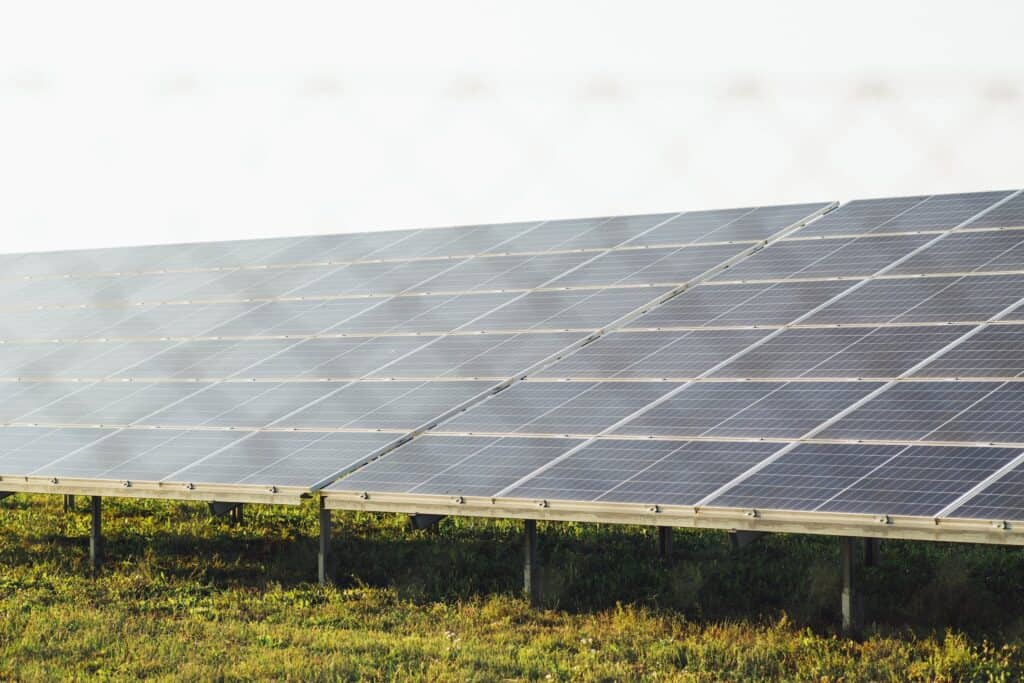
Natural Language Processing (NLP) is another fascinating aspect of AI-driven agriculture, combining linguistics and computer science to enable machines to comprehend and interpret the meaning of everyday language. NLP is employed in homestead management to analyze and process textual data related to activities such as:
crop monitoring
pest detection
weather forecasting
soil analysis
By automating and streamlining various aspects of homestead management, NLP technologies can enhance efficiency and decision-making processes.
NLP applications in homesteading and agriculture include crop monitoring and question-answering systems for novice farmers. Utilizing the power of NLP allows homesteaders to access a wealth of information and insights that enable them to make informed decisions and enhance their farming practices.
As AI-driven technologies continue to advance, the potential for NLP to revolutionize homestead management is immense. By embracing NLP and other AI technologies, homesteaders can stay ahead of the curve and create more efficient, sustainable, and successful farming operations.
Adapting to an AI-Driven World: Skills and Strategies for Homesteaders

In an AI-driven world, it’s crucial for homesteaders to adapt and develop new skills and strategies to stay competitive and successful. Maintaining a minimal digital footprint is essential for safeguarding privacy and avoiding being tracked and monitored by AI-driven technologies. Homesteaders should also cultivate physical skills that AI cannot replace, such as critical thinking, comprehending algorithms employed in predictive analysis, recognizing the potential capabilities of AGI, and recognizing the potential risks of AGI.
Constructing DIY projects to live without a GRID is another essential strategy for homesteaders adapting to an AI-driven world. By developing innovative, self-sufficient solutions, homesteaders can maximize their independence and resilience in the face of rapid technological advancements.
Adapting to the potential of AI-driven technologies ensures that homesteaders’ operations thrive in the future of sustainable agriculture. Homesteaders can create more efficient, sustainable, and environmentally friendly farming systems by harnessing the power of AI, which paves the way for a brighter future in agriculture.
Case Study: Bowery’s Indoor Vertical Farms
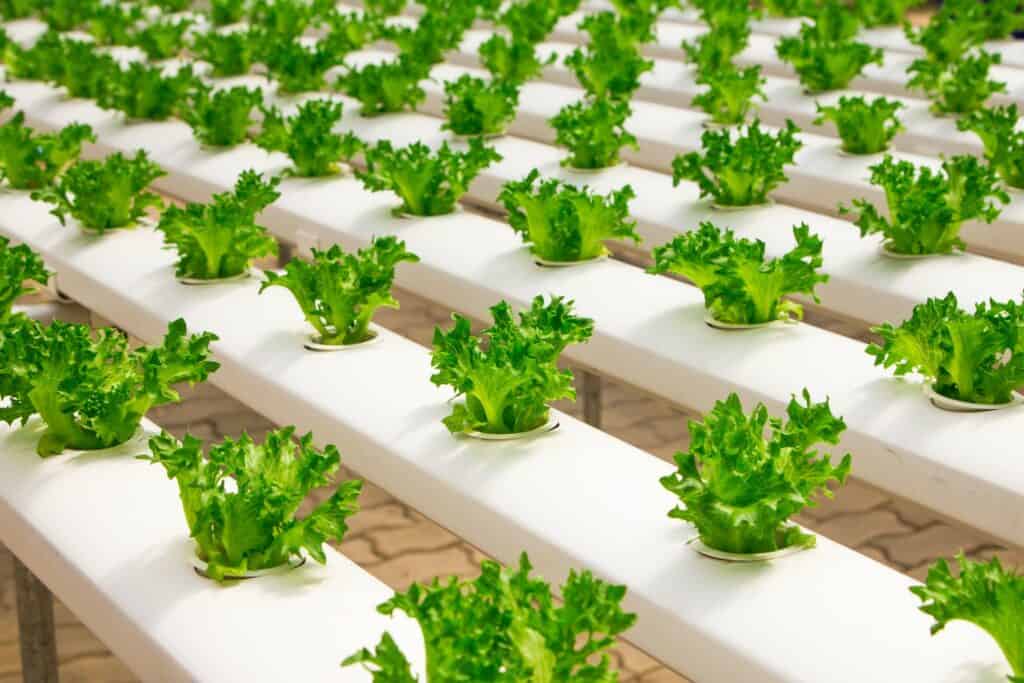
Bowery’s indoor vertical farms are an excellent example of AI-driven agriculture in action. Bowery is revolutionizing the future of sustainable farming by using AI to monitor and enhance individual crop growth, optimize plant health and flavor, and manage water and energy consumption.
BoweryOS, the company’s proprietary platform, utilizes historical data gathered from thousands of growth cycles for each crop to identify the most effective environment for a crop to thrive. This data is employed to continuously tweak growing conditions, thereby further optimizing the growth of a given crop. The BoweryOS offers individualized attention to each plant, enabling a deeper understanding of the conditions each crop needs to thrive and getting smarter with each grow cycle.
Farmers at Bowery closely monitor various factors to ensure optimal plant health, flavor, and plant growth, such as:
Controlling spectra of light
Photoperiod
Light intensity
Irrigation schedules
Nutrients
Airflow
Temperature
Humidity
CO2 levels
Bowery’s indoor vertical farms demonstrate the immense potential of AI to revolutionize sustainable agriculture and pave the way for a brighter future by harnessing the power of AI-driven technologies.
Summary
AI-driven agriculture is no longer a distant dream; it’s here, and it’s transforming the way homesteaders approach farming. From machine learning and agricultural robotics to natural language processing and IoT-enabled automation, AI technologies are revolutionizing sustainable farming practices, creating more efficient, eco-friendly, and successful operations.
Homesteaders must adapt to this AI-driven world by embracing new skills, strategies, and technologies to stay competitive and thrive in the future of agriculture. By harnessing the power of AI, homesteaders can create innovative, self-sufficient solutions that lead to a brighter, more sustainable future for farming.
As we look to the future of sustainable agriculture, it’s clear that AI-driven technologies will play a pivotal role in shaping the way we farm. By embracing these innovative approaches, homesteaders can create a world where sustainable farming is not only possible but also flourishing.
Frequently Asked Questions
How can farmers use AI?
Farmers can use AI to analyze data, make predictions, and take action in response to weather patterns, crop stress, yield loss, and other factors. With AI applications, farmers can track soil moisture levels, pH levels, nutrient levels, and other data in order to adjust irrigation and fertilization to improve soil health. Additionally, AI can predict weather and potential impacts of environmental conditions, helping farmers take the right actions to mitigate loss.
What are the examples of AI in agriculture?
AI is being used in many areas of agriculture, such as risk management, plant breeding, soil and crop health analysis, crop feeding, harvesting, big data for informed decision-making, IoT sensors for capturing and analyzing data, and intelligent automation and robotics for minimizing manual work.
What are some examples of IoT-enabled homestead automation?
IoT-enabled homestead automation can include monitoring soil conditions, managing irrigation systems, controlling livestock and analyzing data to improve efficiency and sustainability.


